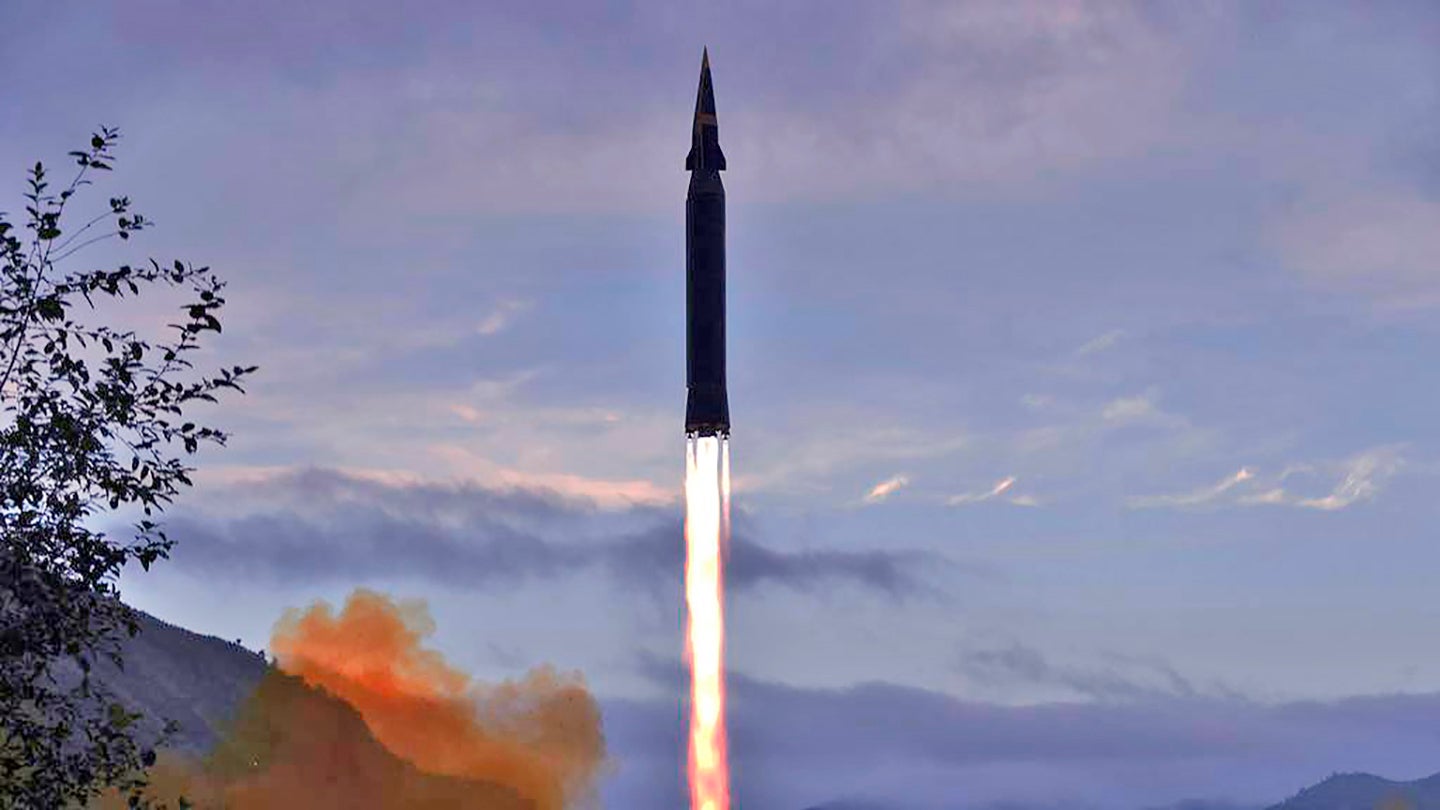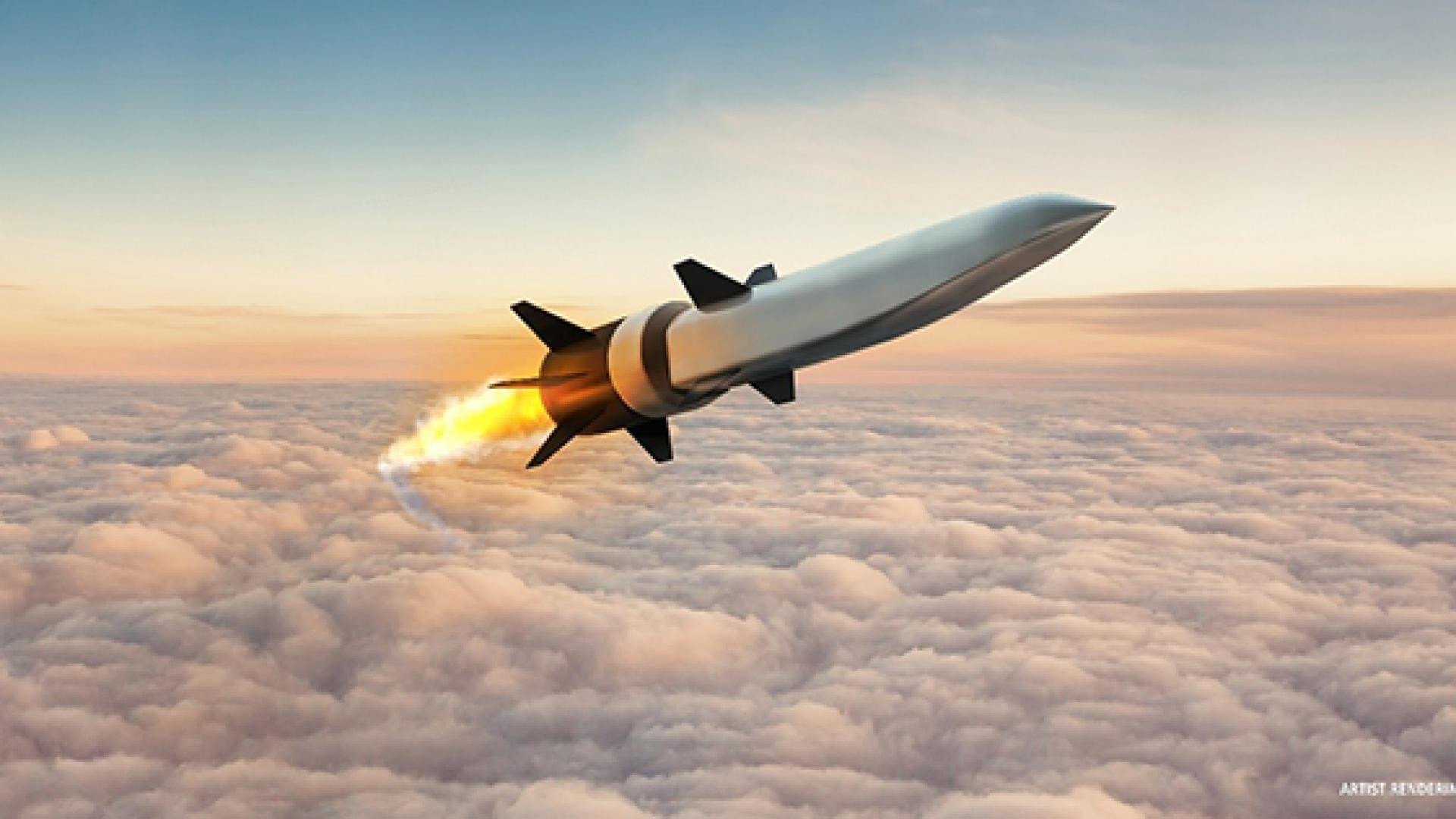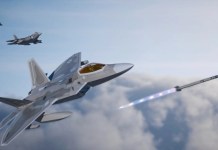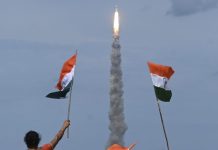South Korea has the capacity to not only detect but also intercept what North Korea said was a hypersonic missile in the latest launch, South Korean Defense Ministry spokesman Boo Seung-chan said on Thursday.
North Korea said it launched a hypersonic missile on Tuesday (22:27GMT Monday) from the inland toward the Sea of Japan. It flew 620 miles at an altitude of about 37 miles. This was already the second North Korean launch this year.
“Let me make it clear that South Korea’s military possesses capabilities to not only detect this projectile but also intercept it. We have also been continuously strengthening our system to respond,” Boo told a regular briefing, as quoted by South Korean news agency Yonhap.
Citing the Tuesday launch, Boo said that the projectile developed top speed of Mach 10, which is 10 times the speed of sound, which means that it could be a standard ballistic missile whereas the top speed of hypersonic missiles typically reaches at least Mach 5.
The first North Korean launch in 2022 took place on January 5, prompting the United States to propose new UN sanctions against Seoul. The US and South Korean intelligence agencies are now analyzing the data.

Earlier, the Japanese government criticized the missile test conducted by North Korea in a week, saying it undermines peace and security in the region,
“North Korea’s actions pose a threat to the peace and security of our country, the broader region, and the entire international community. We strongly condemn such actions,” Japanese Chief Cabinet Secretary Hirokazu Matsuno said at a briefing.
He confirmed that Japan has detected North Korea’s ballistic missile test at around 7:25 a. m. (22:25 GMT) on Monday, adding that Tokyo is currently analyzing the information. No information about the damage to ships or aircraft has been reported.
Later in the day, Director-General Asian and Oceanian Affairs Bureau, Takehiro Funakoshi has discussed the incident with Sung Kim, the US special representative for North Korea.
“The two sides exchanged views on the latest situation in North Korea, including the possible missile launch on January 11. The parties reaffirmed their commitment to collaborate closely to resolve issues such as nuclear and missile program [of North Korea] and abduction of Japanese citizens,” the Japanese Foreign Ministry said.
A missile fired by North Korea has probably landed outside Japan’s exclusive economic zone, Japanese Kyodo News Agency said.
Nonetheless, the Japan Coast Guard has urged ships to be cautious and vigilant if an unidentified object is detected.
Following the reports of a possible missile test, a crisis headquarters was established at the prime minister’s office. At a briefing, Japanese Prime Minister Fumio Kishida said that agencies must scrutinize the situation, including the safety of air and sea transportation, timely inform the population, and take all necessary precautions in case of unforeseen developments.

The incident, if confirmed, would be the second missile test conducted by North Korea in a week after a supersonic missile launch on Wednesday, which, according to the North Korean media flew 700 kilometers and “accurately hit the target.” The new launch also occurred from Chagang Province, where the first alleged supersonic missile was tested.
The South Korean Joint Chiefs of Staff said Tuesday that the new Pyongyang’s missile is more advanced than the first one, noting that South Korea’s defense is well equipped to “detect and intercept” such missiles.
“The projectile has a range of over 700 kilometers [434.9 miles], a maximum altitude of about 60 kilometers [37 miles], and a maximum speed of about Mach 10. We estimate that [the projectile] that North Korea launched this time is more sophisticated than the one fired on January 5. The US and South Korean intelligence agencies are now carefully analyzing its characteristics,” the official said.
The South Korean military earlier said that North Korea’s statements about the launch of a supersonic missile on January 5 were “exaggerated” and false, because the projectile fired then flew less than 700 kilometers at a maximum speed of Mach 6.
On Monday, Albania, France, Ireland, Japan, the United Kingdom, and the United States issued a joint statement to condemn the January 5 North Korea’s missile launch, saying that Pyongyang’s continued pursuit of weapons of mass destruction compromises regional and international stability by elevating the risk of “miscalculation and escalation.”
The countries urged North Korea to abandon its ballistic missile programs, and “engage in meaningful dialogue” to achieve peace at the Korean Peninsula.
- Via Sputnik News Agency
- Follow EurAsian Times on Google News




